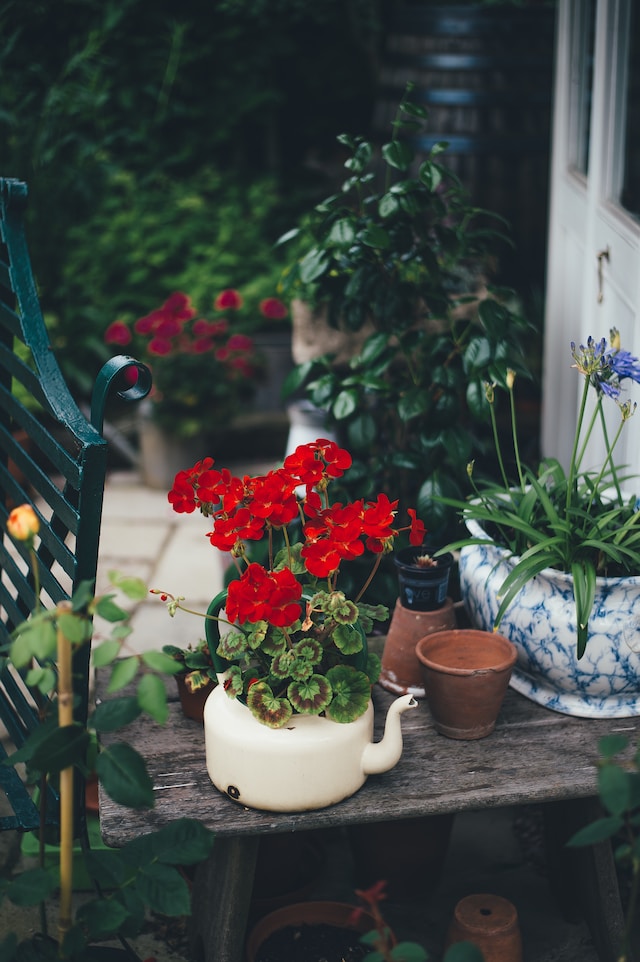Introduction:
Maintaining a healthy and thriving garden can be a rewarding experience. However, gardeners often face challenges in the form of pests and diseases that can damage their plants. In this article, we will explore some of the most common garden pests and diseases and discuss effective prevention and treatment strategies to keep your garden flourishing.
1. Aphids:
Aphids are small, soft-bodied insects that feed on the sap of plants. They can cause stunted growth, distorted leaves, and the spread of viral diseases. To prevent aphid infestations, encourage natural predators like ladybugs and lacewings by planting flowers that attract them. Additionally, regularly inspect your plants for signs of aphids and remove them by hand or use a strong stream of water to dislodge them. In severe cases, insecticidal soaps or horticultural oils can be used.
2. Slugs and Snails:
Slugs and snails are common garden pests that can devour young seedlings and leaves, leaving behind a trail of slime. To deter these pests, create barriers such as copper tape or diatomaceous earth around vulnerable plants. You can also handpick them during the evening hours when they are most active. Beer traps, consisting of shallow containers filled with beer, can also be effective in attracting and drowning slugs and snails.
3. Fungal Diseases:
Fungal diseases, such as powdery mildew and black spot, can affect a wide range of plants. To prevent fungal infections, ensure proper air circulation by spacing plants adequately. Avoid overhead watering, as it can create a moist environment ideal for fungal growth. If fungal diseases do occur, remove and destroy infected plant parts, and apply fungicides as recommended. Organic alternatives like neem oil or baking soda solutions can also be effective.
4. Tomato Hornworms:
Tomato hornworms are large green caterpillars that can quickly defoliate tomato plants. To prevent infestations, inspect your plants regularly and handpick any hornworms you find. Encourage natural predators like parasitic wasps and birds by planting flowers that attract them. If necessary, use organic insecticides containing Bacillus thuringiensis (Bt) to control the population.
5. Root Rot:
Root rot is a common problem caused by overwatering or poorly drained soil. To prevent root rot, ensure proper drainage by amending the soil with organic matter and avoiding overwatering. If root rot is already present, remove the affected plants and improve the drainage in the area. Applying a fungicide specifically formulated for root rot can also help.
Conclusion:
Dealing with garden pests and diseases is an inevitable part of gardening. However, by implementing effective prevention and treatment strategies, you can minimize the damage and keep your garden healthy. Remember to regularly inspect your plants, encourage natural predators, and use appropriate treatments when necessary. With proper care and attention, your garden can thrive and provide you with a bountiful harvest. Happy gardening!




